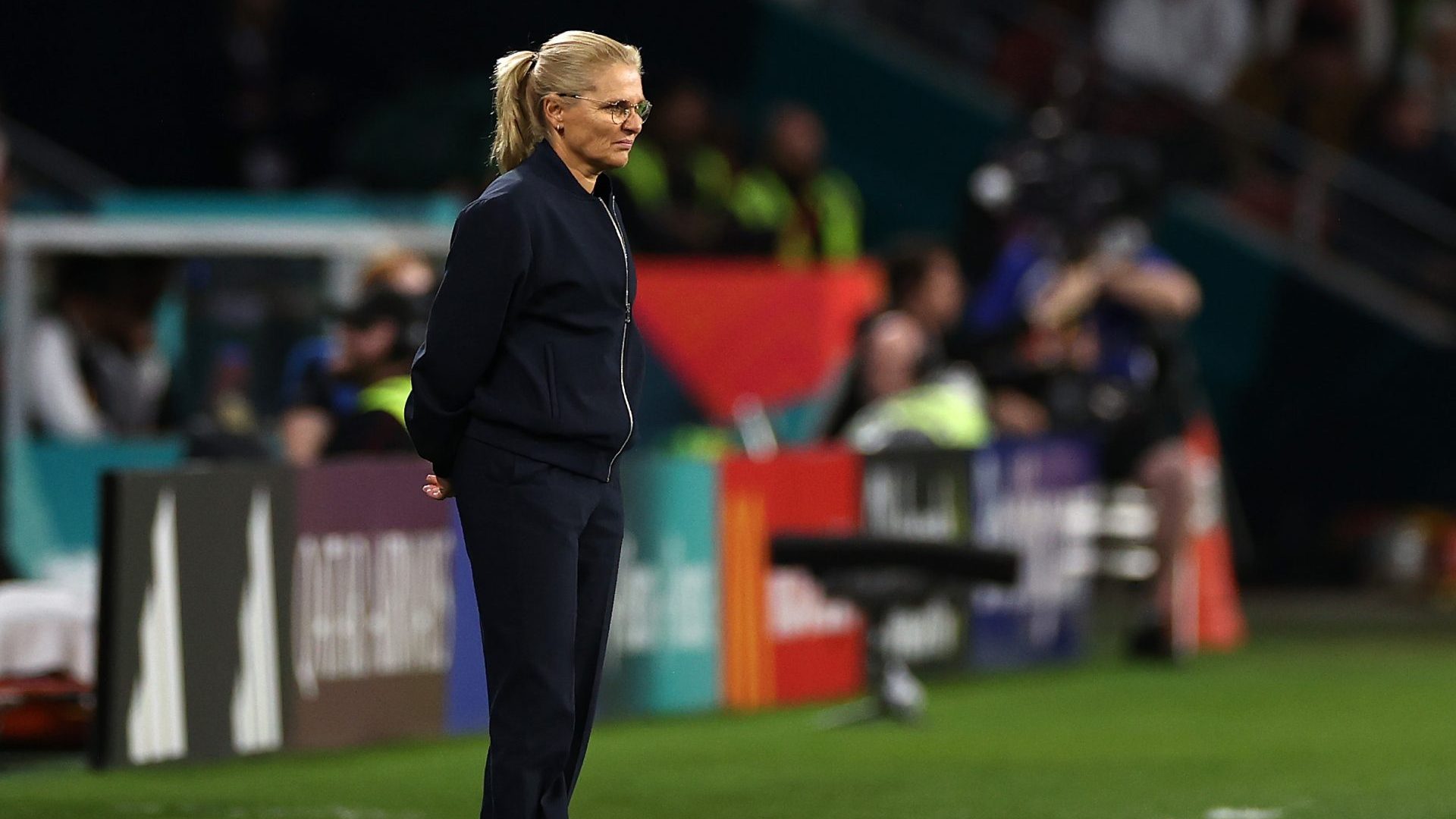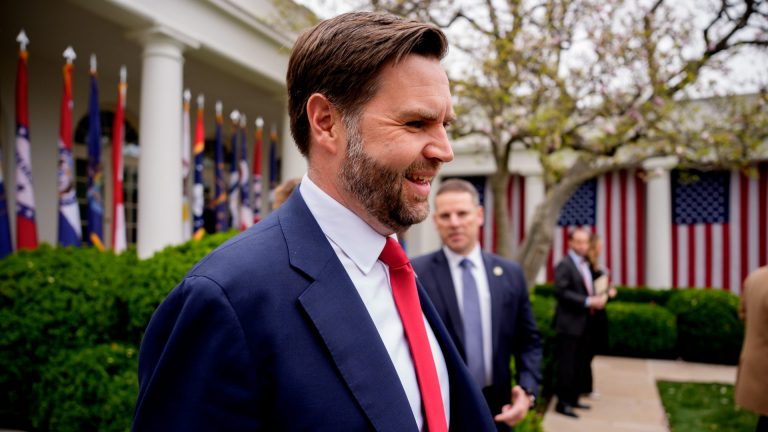The enthusiasm and excitement surrounding the Women’s World Cup – fielding a record 32 teams – shows that women’s football is in a healthier state than ever.
According to the FA’s women’s and girls’ football strategy update, across all levels the number of registered female players in England increased by 17% between October 2021 and 2022, while there was a 30% increase in the number of female teams. The number of female referees has increased by 21%, and female coaches have risen by a whopping 75%.
The women’s Euros final in July 2022 enjoyed a sell-out 87,000 crowd at Wembley – and a TV audience of 17.4 million – to see England win its first major trophy since the men’s World Cup in 1966. The FA Women’s Super League (WSL), which turned professional in 2018-19, is now shown live on a weekly basis by both Sky Sports and the BBC. And the women’s FA Cup Final at Wembley in May – when Chelsea beat Manchester United – drew a record domestic crowd of 77,390.
In Spain, Barcelona are setting the standard for world record attendances, with 91,648 fans watching their Women’s Champions League game against Wolfsburg in April 2022. A few weeks earlier, 91,553 fans turned up to see El Clásico – the much-anticipated fixture against their big rivals, Real Madrid.
However, only 12 of the 32 countries that have been competing in the Women’s World Cup are coached by women: England, Canada, Germany, Italy, New Zealand, Norway, the Republic of Ireland, South Africa, Switzerland, Brazil, China and Panama.
A similarly low number exists in the WSL, and across Europe in France and Spain. Italy, with two female coaches among ten top-division posts, and Germany, with just one of 12, fare even worse.
So, why is there such a dearth of female coaches in women’s football? With the female game on the up, and coaches such as current England boss Sarina Wiegman, and Chelsea Women’s manager Emma Hayes now well-known faces, why is there such a problem in elite women’s football – and why does it matter?
Women need women for inspiration
Many would argue there’s a need for female coaches at the top levels of women’s football to act as an inspiration for young, aspiring female coaches (and players too, of course). Any young woman considering a career in coaching might be put off by the dominance of male coaches in top roles in the women’s game.
Recent research led by my NTU colleague Jyoti Gosai has suggested there are a range of factors affecting female coach recruitment, progression and retention in the UK, which combined, make this a complex issue with no simple answer or obvious solution.
These include (at various levels): individual confidence and knowledge; difficulty connecting with other coaches in what may still be seen to be an “old boys’ club”; male-led coach education programmes; and gender role assumptions in wider society. These myriad factors present a minefield when attempting to identify solutions to this complex issue, especially when the barriers may be insidious and hard to recognise.
Some of Gosai’s additional research explains the challenges female coaches face through the “Goldilocks dilemma”. Drawing on anecdotal evidence, many female coaches appear to encounter stereotypical gender bias through three distinct elements.
The first of these suggests when female coaches act in ways that are consistent with gender stereotypes (for example, when they are nurturing), they are often viewed as less competent coaches. However, when female coaches act in ways that are inconsistent with gender stereotypes – meaning assertive and decisive – they’re considered unfeminine. As such, they are never “just right”.
The second element relates to the high competence threshold – women coaches in elite sport face higher expected standards but lower pay than male coaches. And the final element identifies how female coaches can be perceived as competent or likeable, but rarely both. It is possible to be good but not liked, or liked but not good – but not the two together. These insights shed interesting light on the issue.
A bright future?
We know more girls and women are now watching and playing football. And more are refereeing and coaching. At the elite level, for the first time we now have a generation of players who are full-time professionals, just like their male counterparts. So what does the future hold for elite female coaches?
Some of the current crop of elite female players will naturally be expected to move into coaching when their playing careers come to an end. Young women and girls getting into football can now see a pathway – whether that’s playing, officiating or coaching, and role models are becoming highly visible at every level. Coaches such as Wiegman and Hayes are changing entrenched mindsets. Through their knowledge, skills and profiles, they are helping to show that female coaches can understand and teach the game as well as any man.
In early 2021, my Conversation article about how female coaches can help bring professional men’s football into the 21st century suggested that women have much-needed qualities that could benefit the men’s game. This followed the story of Hayes being linked with the manager’s job of the men’s team at AFC Wimbledon, potentially becoming the first woman in men’s professional football.
In the end she didn’t take it, but in June 2023 this huge barrier was finally breached – Premier League side Brentford appointed Lydia Bedford, the former Leicester City Women’s manager, as head coach of their men’s under-18 team. This was followed in July by Hannah Dingley becoming the first woman in Britain to coach a professional men’s first team, when she took up the post of caretaker manager at Forest Green Rovers.
One day soon, we could be seeing female coaches in the men’s game at Championship or Premier League level, as well as dominating team management at the next Women’s World Cup in 2027.
But for that to happen, deeply entrenched stereotypes need to be broken down. This may take time, but at least progress is being made on various fronts for the girls and young women coming through. They deserve the game’s, and society’s, best efforts.
This article is republished from The Conversation under a Creative Commons license. Read the original article.
Pete Holmes, Senior Lecturer in Sport Coaching, Nottingham Trent University










